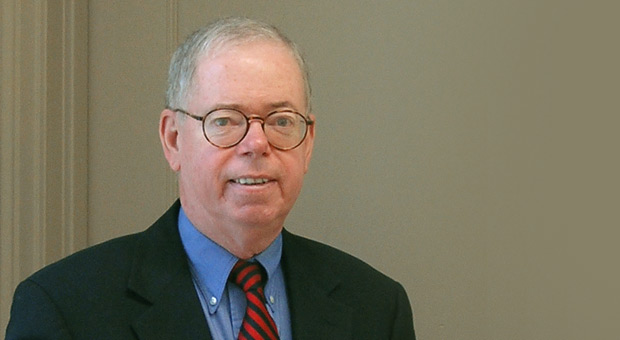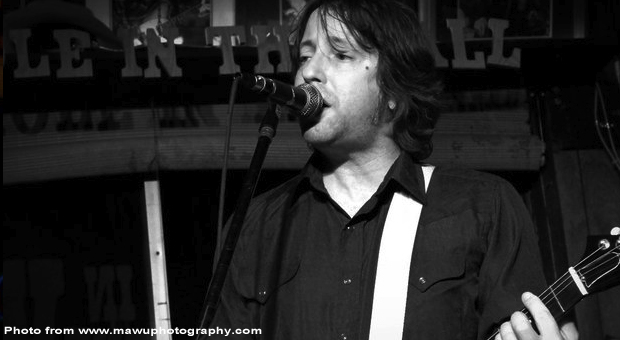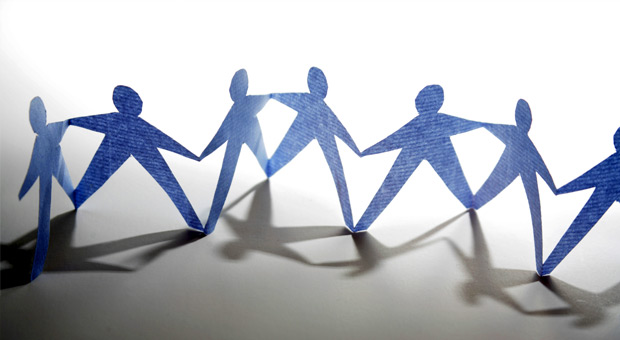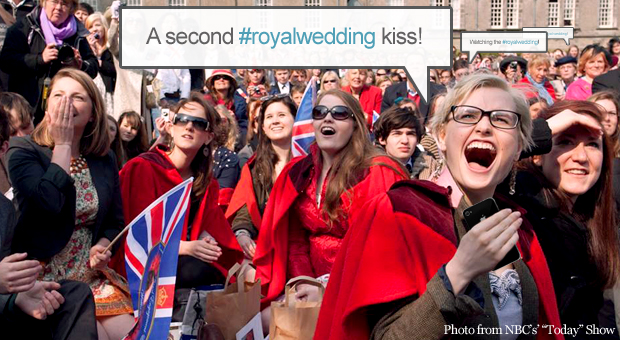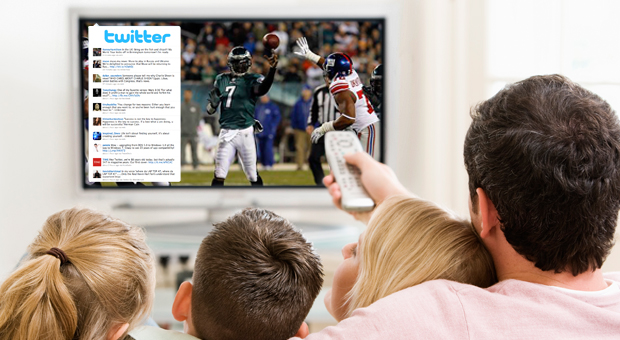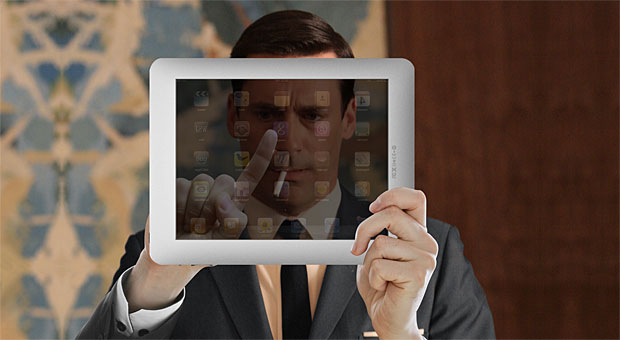The struggles of the music business over the last 10 years have been well-documented. With the launch of Napster and the blossoming of illegal downloads, sales of physical CDs plummeted, and labels and shops disappeared. Digital sales via outlets like iTunes and Amazon have helped the industry stem the tide a little, but not enough. […]
The struggles of the music business over the last 10 years have been well-documented. With the launch of Napster and the blossoming of illegal downloads, sales of physical CDs plummeted, and labels and shops disappeared. Digital sales via outlets like iTunes and Amazon have helped the industry stem the tide a little, but not enough.
Yet over the last few years, something strange has happened: vinyl sales have shown tremendous growth. Once deemed too big and too old in the CD era, the format has somehow made a comeback in the age of digital downloads. We recently caught up with Billy Fields, Director of Sales and overseer of vinyl production and Record Store Day for a major record company, to discuss the return of vinyl, what makes the format unique, and how digital music and vinyl can both continue to grow in the years ahead.
Flightpath: Music is so tied into digital technology these days, but vinyl sales – this year and last year – are really kind of astounding. 2.8 million sold in 2010, and that was up from 900,000 four years ago. Sales from 2011 so far are up 37 percent over the same period last year. Why do you think this is happening?
Billy Fields: I should couch all this. Some of this is actually based in fact because of the business I’m in and who I talk to on a regular basis, but a lot of this is just my thought about the aspect of digital music – that convenience is really fantastic, but convenience doesn’t actually trump the emotional connection that someone has to a record. I just read a story that came in through a vinyl community blog and through a Twitter feed that I follow about this cat that was in San Antonio when the wildfires struck. The guy snuck back into his “by-demand-of-the-police-get-out-of-the-neighborhood” neighborhood to get his records.
Flightpath: [Laughs] Right.
Billy Fields: Now that’s a stupid thing for him to have done because records are not as valuable as his life. But he said the reason why he did it was that every one of his records, he had a sentimental attachment to. I challenge anyone to show me that sort of connection to a digital file.
Let’s be clear about vinyl and the way it’s judged. All the numbers that everyone talks about are scanned through SoundScan, which is the industry standard. It’s what everyone uses, but there is a lot of business that happens that is either added to, subtracted from, adjusted, or never reported at all because of the nature of what the business is. As a couple of examples: Urban Outfitters carries records now in every one of their stores. They report none of those sales to SoundScan. All of the major online audiophile LP specific outlets – Acoustic Sounds, Elusive Disc – there’s a lot of them. They don’t report to SoundScan.
So we are going off of what the mainstream music business does, and we had a plateau in 2010. 2010 I think, if I remember correctly, was up 15 percent from 2009. It was 2.5 to 2.8 million. And I’ll be honest that once we got through Christmas last year, and we got into January, I started seeing weekly averages of 62, 64, 65,000 units reported in SoundScan. Which was up dramatically from either the fourth quarter of 2010, where the averages, until you got to Christmas, were 48,000, 52,000, 45,000. So something happened this last year at Christmas which was like, this whole other group of kids got turned onto what was going on and started to actually buy. Now all this also, by the way, coincides with a lot of really great indie rock records being released with a digital component [included]. We’re actually able to go to these kids, tie in the sentimental quality of vinyl, but also give them this convenience factor that makes it the best of both worlds. You get something with 12-by-12 art, it’s beautiful, you can read liner notes, you get to get into the details of a record and, you know, you get to put it onto whatever device it is you’re walking around town [with] – you get the best of both. The reason why, back to your original question – it is the sentimental, emotional connection to music, which at it’s heart is what music is. That is driving the business and how it’s developing and how it’s growing.
Flightpath: This is probably a reflection of what you were saying, but I’m a big music fan and nerd. I grew up in the CD age, I’m thirty years old, and I’ve basically switched over to vinyl plus digital downloads. And a big reason for that is because I can buy a new album on vinyl and get the digital download with it, which is great. I love the size of a record, the sound, and you know, the whole experience. But I also think that there’s something to be said for a well-made physical artifact that digital just can’t match.
Billy Fields: I completely agree.
Flightpath: Do you think that a new generation is kind of realizing that, finally?
Billy Fields: I think that every, I don’t know, let’s call it every decade or decade and a half, you get this process that happens. You start to realize that all the technology you’ve been consuming, all this that you’ve done to drive you forward, you’ve done it so quickly that you actually forget to experience being alive. I think that, you know, it’s more this process of every decade, decade and a half of reviewing, “What have I been doing? What did I miss?” And so for you, at 30, you grew up on CDs, you never even really dealt with vinyl.
There are three distinct groups of people that are actually buying records today. There are the audiophiles – the people that never stop buying records and would go wherever they have to go to get the best pressing. So they’d go to European imports, they’d go to little niche labels that release the weirdest psych records that have ever existed but are so lovingly made, and made in such small press runs, that they become highly collectable. Then you’ve got people like me. I’m 14 years older than you. I actually grew up on records – the end of records – but adopted every technology from there. I’m on Spotify, I’m a Rdio user, I love iTunes. I don’t buy a lot of music that way, but I use it. I have music on all my devices because I like to take it with me. So you’ve got my group of people that grew up on it, absolutely, but sort of walked away from it, that are now coming back because, “Wow, this really is better than CD sound. It’s better than ear buds in my ears on the train. I can hear this music, I can let the music envelope me, almost like a physical blanket.” And then you’ve got kids! And I’m going to call you a kid at this point – well, your age and younger, that never even thought that records mattered or never even had the opportunity to like, open up Dark Side of the Moon, put it on with headphones, and realize, “Holy shit, this is blowing my mind.”
So, that’s what I think is happening. You’re going through the process where we’re all saying, “Hey, let me sort of reflect on how I go forward into the future.” And you also have kids that are like, “I’ve never even experienced this before and this is really fantastic.”
Flightpath: Most of the time, when I find out about a vinyl release, I’m finding out about it online, either through Twitter or through something posted on Facebook.
Billy Fields: With all the aspects of our media world that are splintered now and [are] becoming even more splintered, the more we get away from the ubiquitous song on radio – we’re sort of past that right now, but it’s not done yet – it’s almost, “Wherever the water rises to, that’s where we’re going.”
I mean, I’ve got my trusted sources. I am, what’s the word…a disciple. I’m a disciple of independent retail. I shop in record stores. I like the people that work in record stores. I call any number of them my friends. I like to buy records.
I’m in Denver right now. I went to Twist & Shout, bought records, and I’ll buy some more records before I leave. And the reason why is that when you walk in there and you say to someone, “Hey look, what are you listening to? Oh wow, that sounds great. I’m going to buy that.” That’s how I get turned onto records. I knew about Mumford and Sons before the two million people that bought it, because independent records stores were telling that story way, way before anyone else was aware of who that band was. Way before they were on the Grammys. I mean years before. And I mean, we all do this differently. It’s either, “This is what my Twitter feed is, this is what my Facebook friends are saying, this is what people I work with say.” I mean, we’re getting it, but it’s funny because it all goes back to that idea of, “I trust the people that I know. I trust the people who have previously told me about things I have loved.” You know, I’ve got people that are in that independent retail community that I could seriously just pick up the phone, call five people, get five different answers and they would all be fantastic records that you would never have heard of before.
Flightpath: Right. I mean, I really miss record shopping. It’s exactly what you described. I discovered Marshall Crenshaw because when I was in college, I walked into a record store in the Village and someone was playing his greatest hits, and I was like “What is this?”
Billy Fields: Right! You were like, “What is that!” I mean, we can’t consume it all. There are so many great books that are written that you’ll never read, you just don’t have the time. There are so many great records that are recorded that you’ll never get to hear because there isn’t the time to do it. You have to decide to pick and choose, build your filters well, and adjust that batch that best helps you hit the mark every time, you know?
Flightpath: One thing I like now is that the marketing seems to have gotten very creative – in regards to vinyl – in targeting fans. Matthew Sweet has a new album out, so does Wilco, and they had these packages where you could preorder and you get the record, a t-shirt, and a tote bag. All this cool stuff. It seems in a way like the marketing is more creative than I’ve seen it in a long time.
Billy Fields: I do agree. I think the reason they are doing that is that for one, you’re seeing the splitting apart of what the retail environment used to be. You simply can’t get all those things in all the places that you could before. You know, even those music retailers or the big box stores that actually carry music that are out in the market, they don’t carry as deep of a selection as before. They are catering to a different audience. It’s a sea change in how the bands reach out specifically and say, “Hey, you’ve already contacted us as a fan and because of that, we’re going to let you in on something cool and here’s the opportunity.” And it’s also combating the idea of valueless things.
I mean, I think it’s great that Lady Gaga sold the records that she sold, and her record frankly, for what it is, it’s a great record. I’m not going to talk bad about the record; I mean, it’s not my bag but it’s a cool record. But for someone that visible, how does she not sell millions of records at 99 cents? [Lady Gaga’s album was released as a download for 99 cents – Dan.] I mean, to me it’s like, does the public actually believe that it’s worth nothing? Or is there some weird, like, “I’ll pay fifty bucks for a preorder of a Wilco record,” and it’s a matter of some people think it’s worth nothing, and some will give their right arm for it. You know, you have those bands that are like, “They want to support me. They like what I do, I want to give them something really fantastic.”
Flightpath: Exactly. The focus of the music industry for a long time has always been on digital. Do you think that was a mistake?
Billy Fields: I don’t think it was a mistake. I mean what has always happened, at least for the music business – and I could even probably say [the same] for the publishing business, or whatever the business is – we’ve always followed the technology. We made singles when that was what was hot. I mean, we’re the music, but we’ve always been about the medium. So as the medium develops and moves into a different environment, so does the music. So I don’t think it was at all a mistake, just that this is the march of technology. You know, I’m talking to you on an iPhone. Ten years ago, what I have in my hand right now was probably conceived by people like William Gibson, but the people walking down the street weren’t thinking like, “Hey, I’m going to be able to carry my entire collection on this thing that I also talk on.”
Flightpath: They didn’t know they needed it at the time.
Billy Fields: Exactly. So, there’s a bit of marketing and a bit of the showmanship of that, but we are an interesting, malleable creature, us humans. We follow pretty well. And if it’s done well, and if it’s done right, and it ends up being easy, we’ll follow all the more. So no, I don’t think that it was a mistake. I think it’s the natural evolution of whatever it is. Don’t you see a future where you don’t ever carry anything anymore? You just think it, you know?
Flightpath: What’s the feeling in the industry right now about vinyl? Is it very excited about everything that’s happening?
Billy Fields: Well, it all comes down to who you’re talking to. I mean, I’m excited about it, I love the format. I’m tied into it in a big way for my entire company. It’s a tough question.
Flightpath: As a music fan, I find it very exciting.
Billy Fields: It is. I’ll use Lady Gaga for an example. Is that really a record that should be on vinyl? I’m not sure. They put it out, which is cool. And it sold. But is that fan really excited about it being a record? I think that’s really what it comes down to. It’s not so much about the format overall, but does [the artist] really work well with the format? Are they going to love that experience for that artist? I think it’s a lot more about that than the overall thing and what the excitement is about that.
Flightpath: I feel like there’s the opportunity there, though, that it could make a person become a fan of the format.
Billy Fields: I think that happens every day. [Laughs] When I had just got out of working in retail and I got into working on the distribution side of the business, I was always amazed by how many Metallica Black records we sold. And what I would always come back to is, “Yeah you know, every year another 13-year-old kid turns 14, and the Metallica Black record becomes the most important record of his life.”
Flightpath: [Laughs] That’s totally true.
Billy Fields: I mean, that’s what happens! Sometimes you get it when you’re younger, sometimes you get it when you’re older; it all depends on how it breaks down. You never know when a record is going to be the most important thing in your life.
Flightpath: Are most bands excited about their stuff coming out on vinyl now?
Billy Fields: Again, the ones that love the format and the ones that actually want the record to be released on record – absolutely. You know the thing is, even after all this time, is your music even officially released until it’s on vinyl? I mean, maybe? Maybe it doesn’t really become real until you’ve got a 12-by-12 record. You know, maybe then it becomes real.
Flightpath: I’m not just saying this, but I don’t download music illegally. I’ve always preferred to buy it. I’ve always felt like I want to support the artist. I like having a collection. I think a lot of my friends, or even a lot of my generation got to this point where they don’t want to pay for anything, and all physical media has kind of suffered for that. What’s your take on that – that phenomenon that’s happened, since the Internet kind of made free access to media possible?
Billy Fields: Well you know, that’s funny, because being as I’m an old man now comparatively, that’s what I think: a bunch of lazy kids, not wanting to pay for anything. That’s good to hear. But I don’t know. That’s a really tough question to figure out. It really is. If we could all turn back the clock and go back to when Napster first started and say, “We’re going to figure out how to monetize this now as an industry,” and not go through the decade that’s been a struggle to figure [monetizing MP3s] out. What would have happened 10 years ago if we had services such as Rdio or Spotify or any of these services that are actually legitimate, real things that gave people access to hear music that they wouldn’t have otherwise? I don’t know. Because it’s not just that people feel like maybe they don’t have to pay for anything, but I guess isn’t that in everything?
Flightpath: I mean, there are pirate sites for comic books. I was reading an interview with Grant Morrison, the comic book writer, and he was talking about how comic book sales are plummeting for different reasons. But he was also saying that it’s like no one wants to pay for anything anymore and that’s a real problem.
Billy Fields: Maybe if we made more stuff and talked a lot more about the fact that it takes talent, and effort, and work, and that work pays off and that you’re fully employed and employable and that you aren’t working at whatever job that you can barely cover your rent, maybe you have a little extra money to say, “I love this artist so much that I’m going to support them.” I don’t know. I think that the way we behave is directly proportional to sort of the messages we’re told or the messages that are parroted into us through various media outlets. Sometimes those messages are pretty disruptive in what they tell you what’s valuable and what isn’t. But again, that’s almost a sociological conversation and I don’t know that I have any of the answers for that.
Flightpath: I wanted to ask you about Record Store Day and about how that came to be. It seems like it’s been really successful.
Billy Fields: It’s been fantastically successful. It started with a group of record store guys saying, “Hey, there’s this thing called ‘Free Comic Book Day.’ We should do something like that for record stores.” Next year will be the fifth year, so yeah, [it started] four years ago and it was mostly an off shoot of what Free Comic Book Day was, which was just, “Hey let’s give away a bunch of great stuff out to people who come in and get them sort of acquainted again with their neighborhood community record store.”
Some of these stats might not be exactly spot-on, because I’m doing this from memory, but in 2010 there was something like 1.1 million people that went into record stores worldwide on that day. Recordstoreday.com’s web traffic for the month of April was something like 1.25 million page views. The amount of retail dollars – I can’t actually answer that, and I don’t know that there is a very clear indication of it. But when you talk to individual stores – and these are stores that have been doing this as community-based, local record stores for 25, 30, 35 years – they say that, “This is the best day that we have had in our history.” So what I would say is, that this has built, and built, and built. I want to say in 2010 that there were 174 specialized releases that were released on Record Store Day. Now, that can be anything from a short run of 100 seven-inch records that are only in a single market to big records, like a Black Keys special 12-inch that’s leading into their release that we made, you know, 5,000 of. So, in 2010 there were 174. Last April, there were around 300 different items that were released.
Flightpath: Wow. So it’s bigger and bigger.
Billy Fields: It’s bigger and bigger, but the thing is, we’re feeling like it’s almost getting too big. It’s sort of too much for stores to handle, and how do you sort through it? Just because the industry is saying, “This is really hot, we’re going to get involved in it and make these things available,” it doesn’t mean that the stores have to buy everything. The stores really need to pay attention to, “Hey, what can I sell to my consumer? What can I sell to my fan that is coming into my store?” So this gives you more of a choice to do it. Did more releases necessarily mean better results? I think yes and no. But again this last year, the same store I just related about “the best day in our history?” This year, it was store after store after store saying, “We’re up 45 percent from our last year. At noon, we had eclipsed last year’s numbers and we’re still going strong. We had a line 40 deep for seven hours.” I mean, I live in New York, and I went out with a bunch of friends from Atlantic [Records], and I think I hit seven record stores that day and it was great.
J&R was a mad house. People were grabbing and pushing and screaming and it was just like, “Oh my God.” It was crazy. But then you go other places and it was, “This is what we’ve got left, and it was crazy at 9 a.m. when we opened,” and then you hang out at a store like Permanent Records out in Greenpoint and they’re like, “Oh yeah, it’s better than last year,” and they’ve got bands playing. It’s like a whole day party. Come out, interact with other human beings. Get out of your digital world and your 140 character lives and actually shake hands and say, “Hey,” to people that share an interest that you have.
Flightpath: That’s awesome, and that’s why I don’t think vinyl will ever go away and why I’m excited it’s coming back. I just can’t think of anything else that would inspire people to be so excited about an entertainment format.
Billy Fields: You know, I think that’s a really good point. Even though this is very specialized and we all admit that this is niche and it’s a very small percentage of the overall music business. And it is, let’s be real. But what other events have happened in the music business that are as exciting as Record Store Day? And not just the music business, but even in the entertainment business, period? In stores, where you have people lining up for hours and hours and hours to hang out and buy some things that they’re coveting. I have not seen any other event occur. In fact, one of the reasons why vinyl is exciting and why vinyl continues to grow is because of Record Store Day.
Flightpath: What’s your feeling about where everything is going both for vinyl and for digital?
Billy Fields: Well I think that vinyl is going to continue to be a really strong format. I see no reason why it won’t continue to have, on average, 20 percent growth, year over year, for the next number of years. I think that there is still a lot of content, and I say content in a very generic way, that isn’t in the format that needs to be. Whether it’s specific records where the artist really wants to take the time and do it right and put it back on the format, or just other things that haven’t yet been explored, whether it’s more seven-inch series or special 12-inch pieces or whatever. There is still a lot of vinyl business to be had and grow. The prime vehicle for marketing, and this is really the truth of it, is artist pre-orders and artists talking to their fans. It’s Record Store Day and it’s online record stores like Music Direct. So we have a lot that we can still touch on when it comes to selling.
I think as far as the format’s concerned, it’ll continue to grow and it’ll continue to be a niche product, which it is now. But I don’t see any reason why it’s going to stop being 20 percent [growth] year over year. I think last year I said, “I see no reason why we’re not going to [grow] 20 percent, year over year, over the next five years.” This year, I think through last week, we’re 35 or 36 percent above last year. And we still have the busiest quarter of the year.
Digitally…I don’t know. I think the growth of digital music has everything to do with the growth of whatever the device is. So, you see every year at Christmas that [new mobile or digital devices] are sold and then you get this huge influx into the iTunes store. Whereas three years ago, it was primarily music that was the benefit of that, now you’re seeing people buy everything. It’s apps, it’s books, it’s video – it’s everything. So I think that that will continue to grow, but it will be dependent upon the devices that support it. And so, as long as that continues to evolve and develop, I don’t see any reason why that slows down either. And frankly, the services like Spotify, Rdio or Rhapsody, and all that – sort of like, “Hey, come on in, listen as much as you want, have access to as much as you want for a set fee or free,” – I think that’s another access model for discovery, that lets people then make decisions like, “Hey, I’m going to go out and buy this record now.”










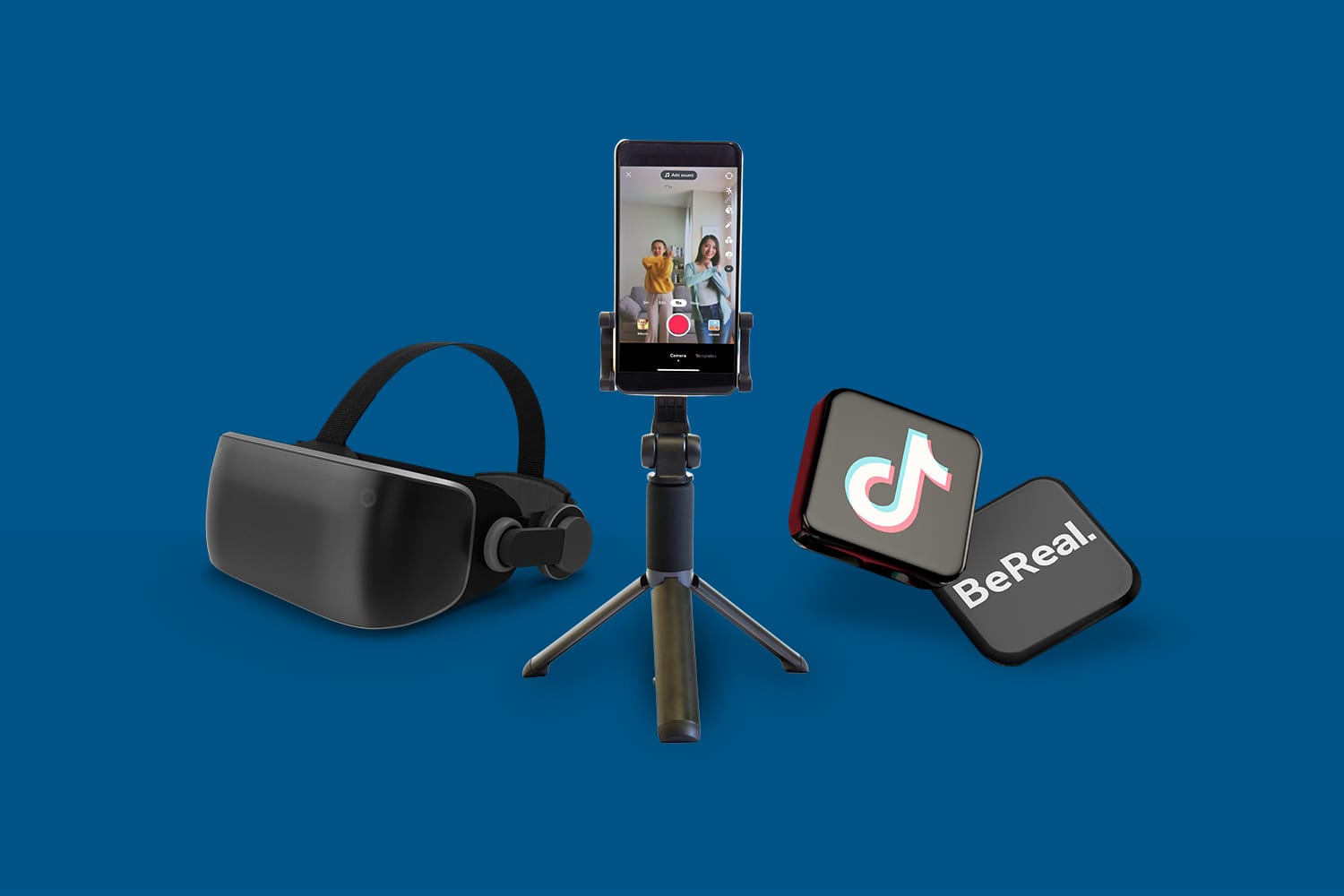
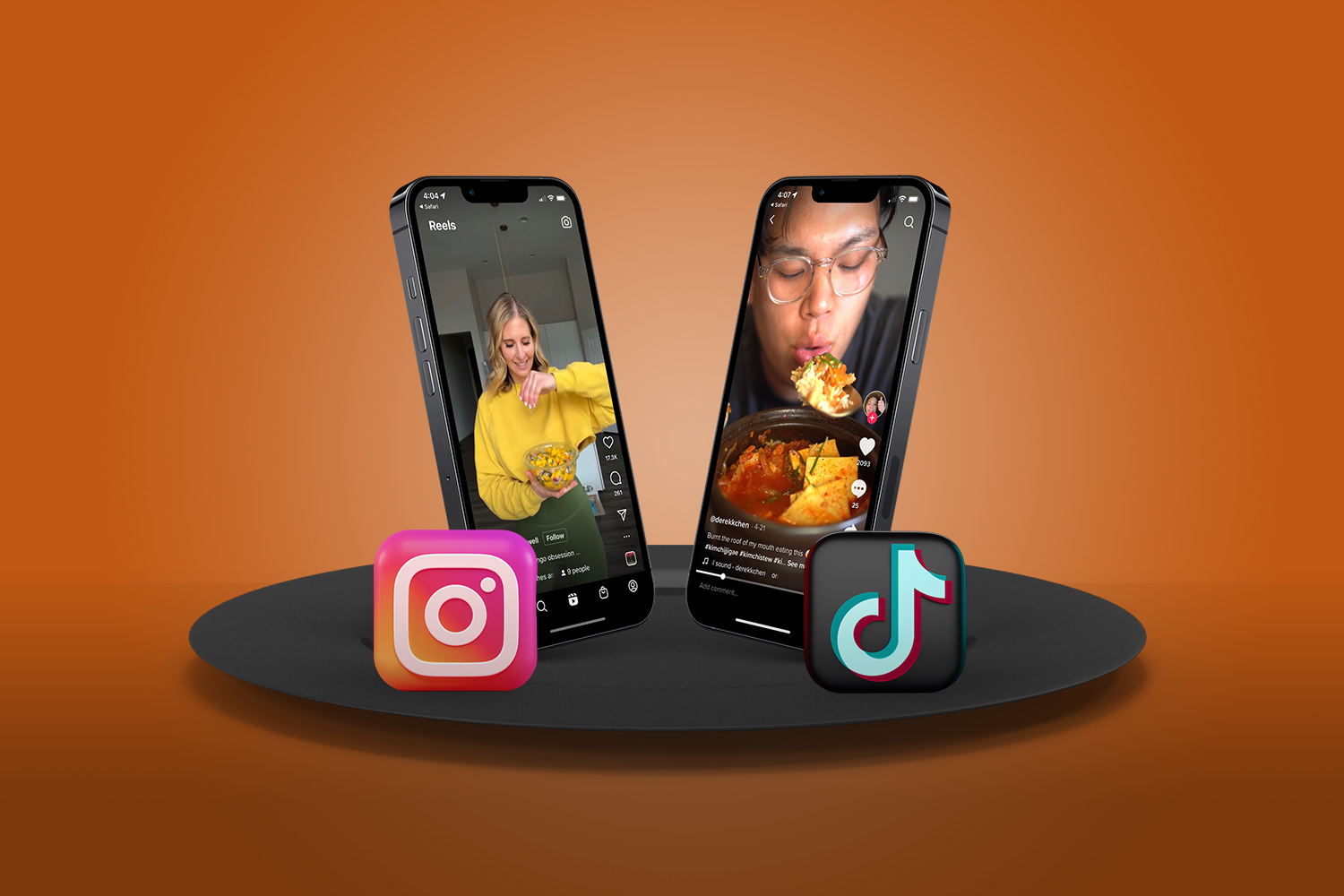


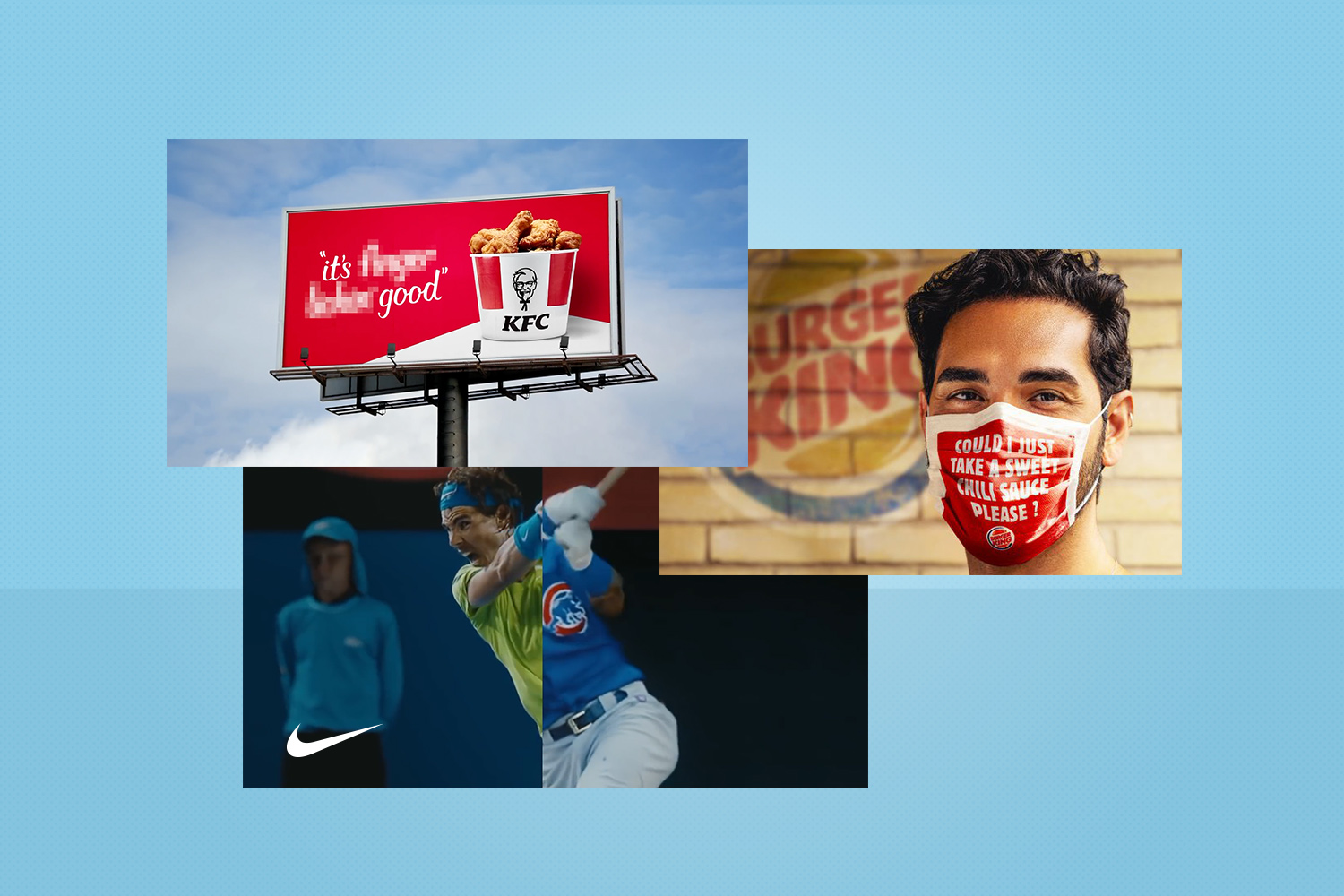

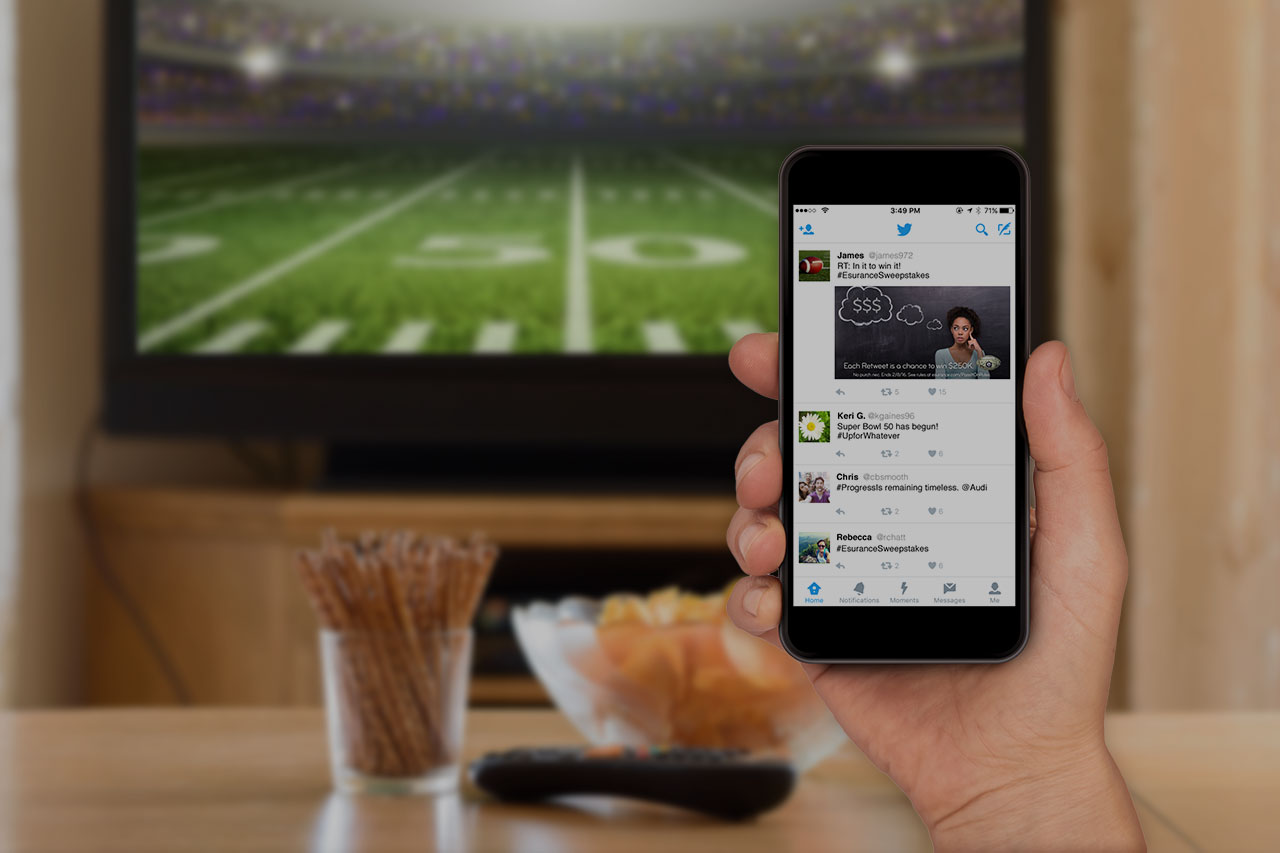






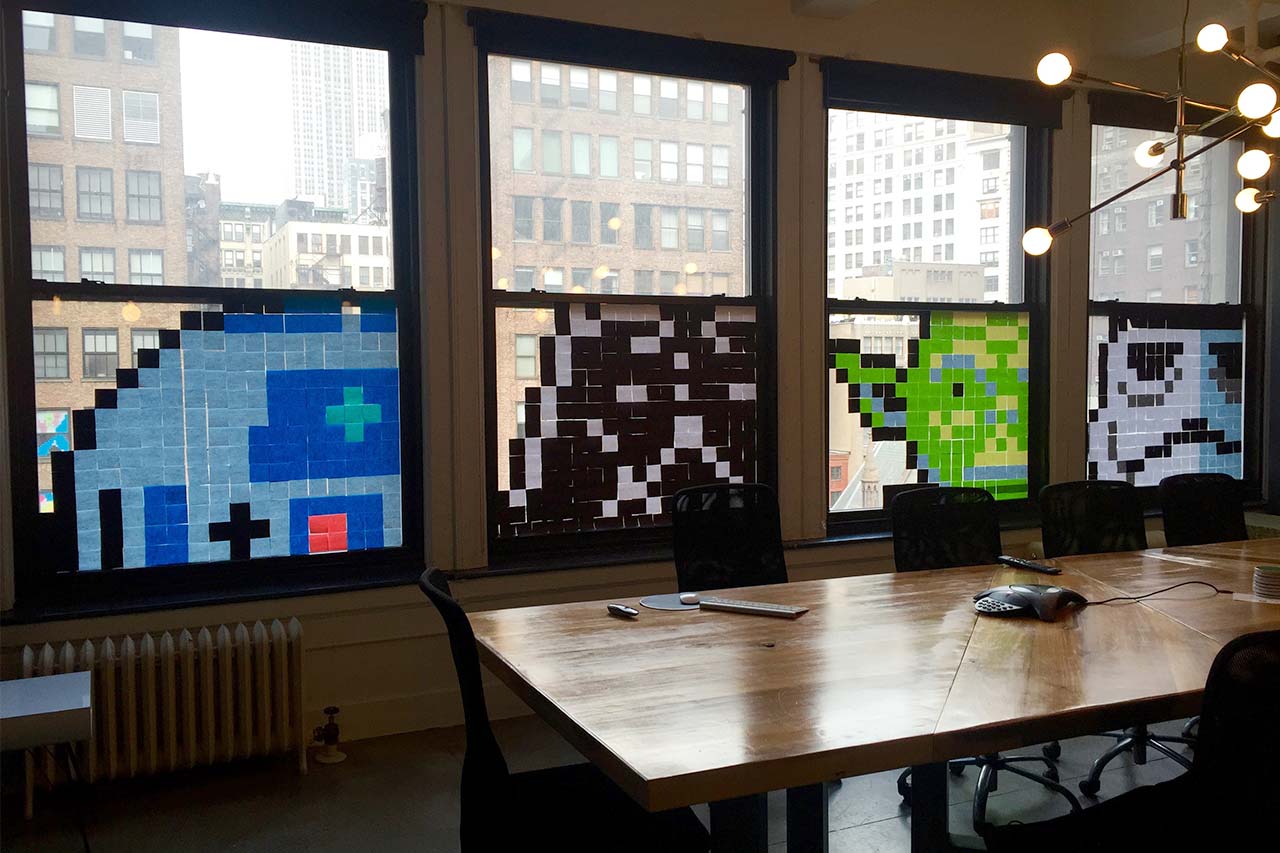
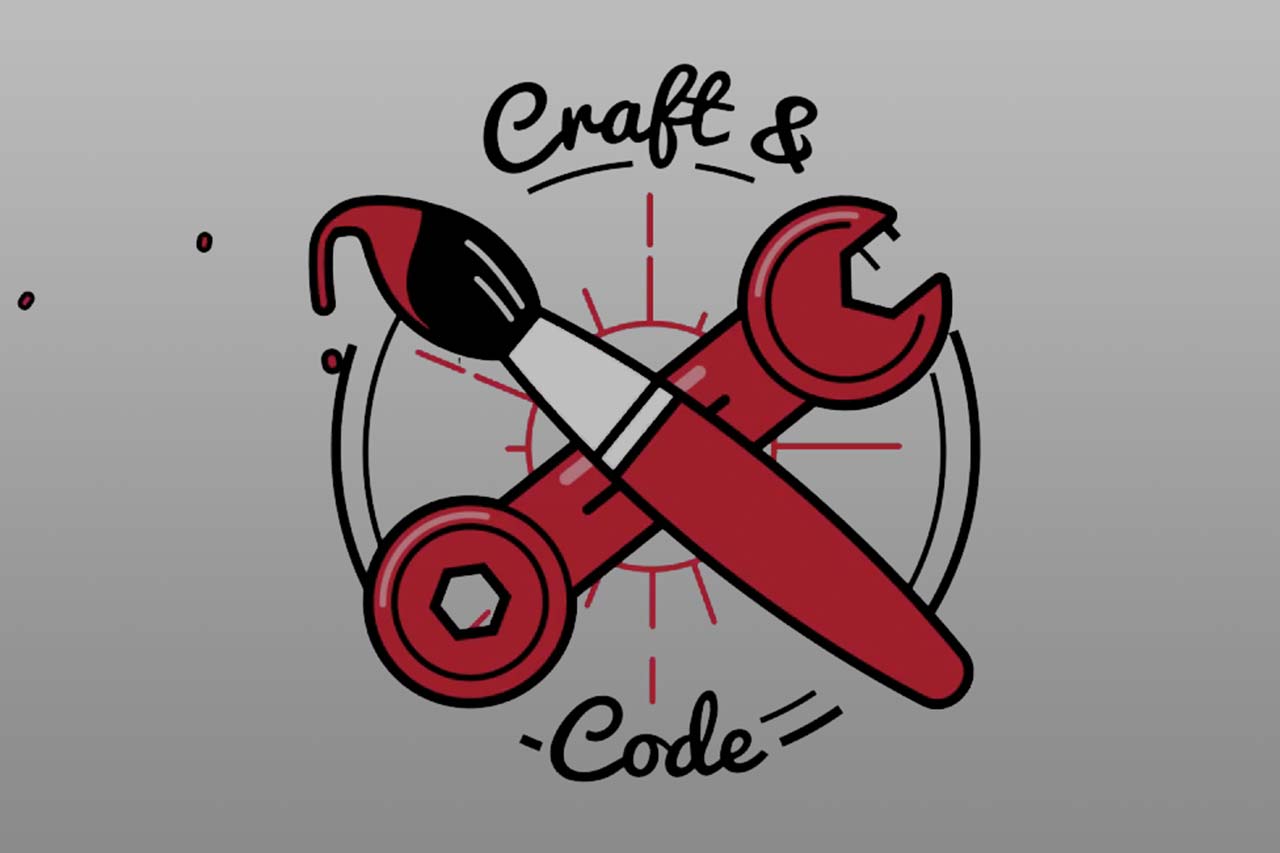
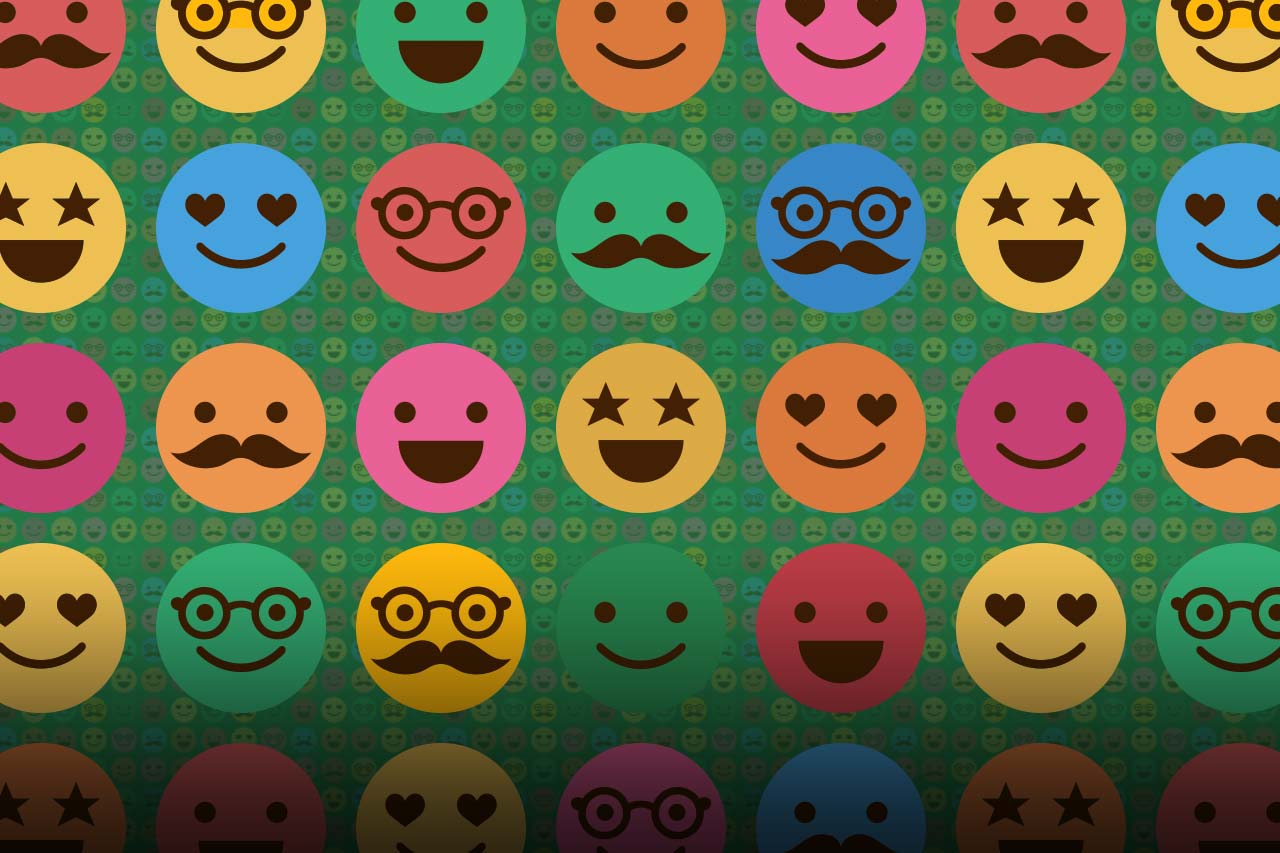





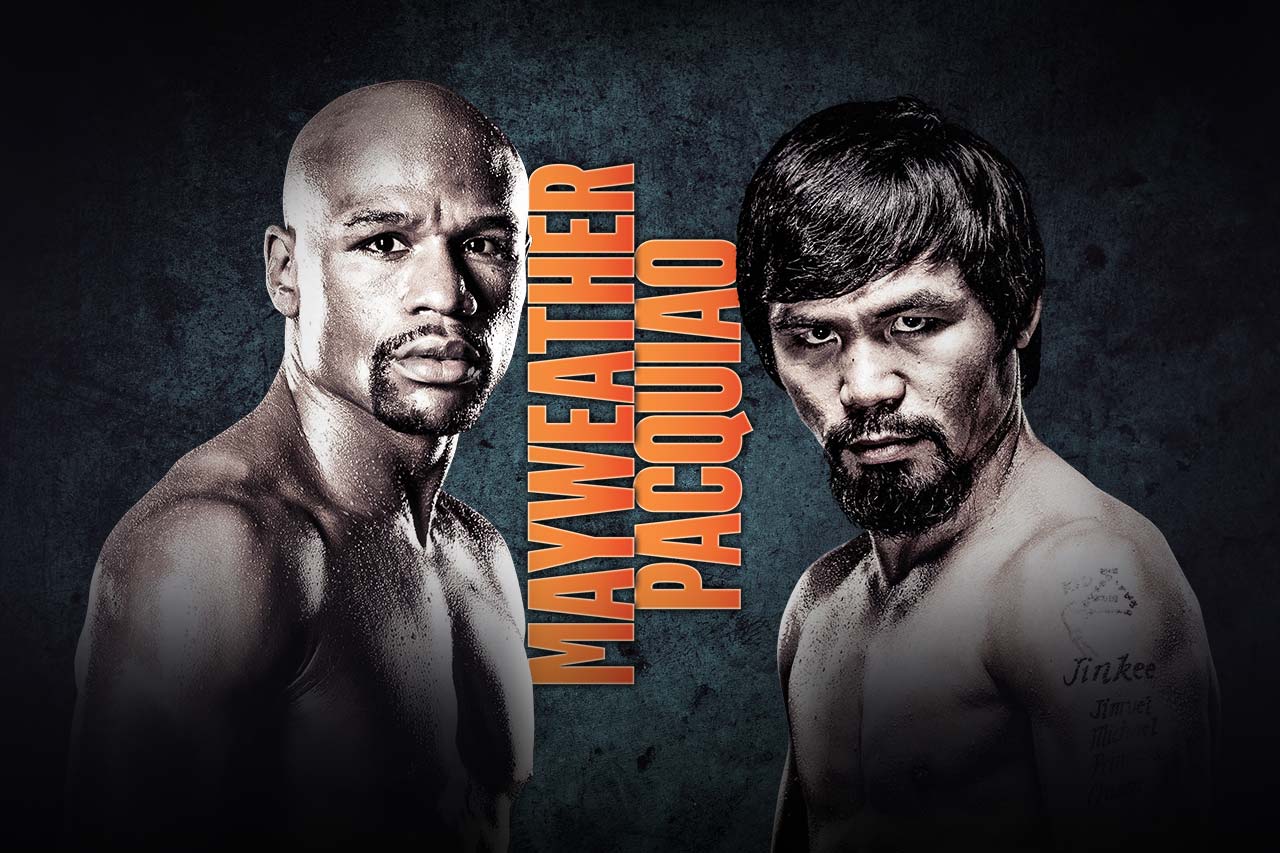


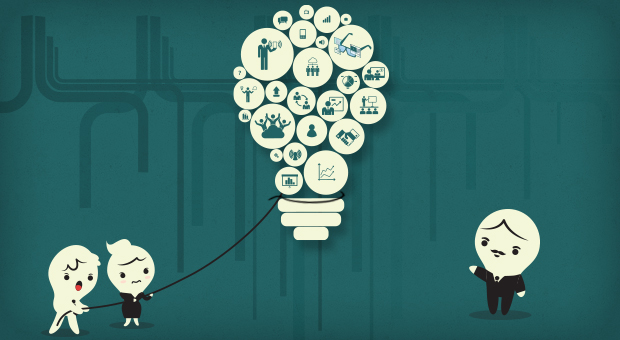
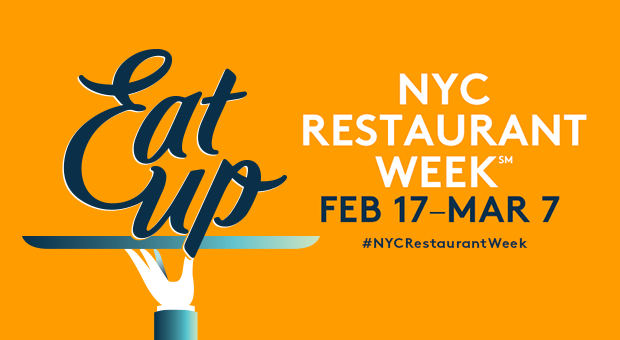
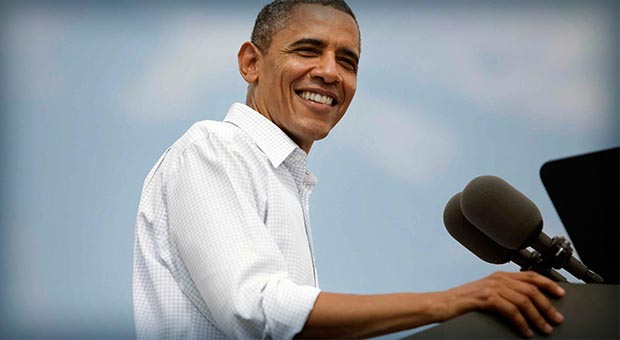
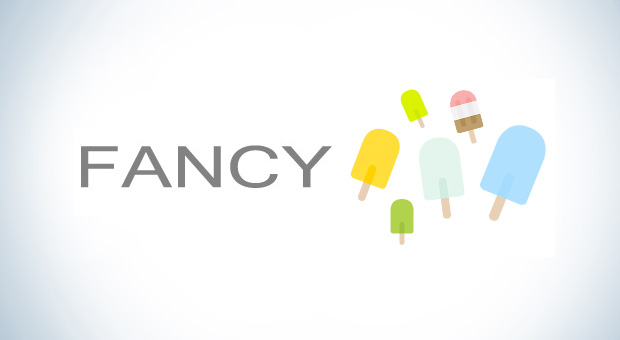
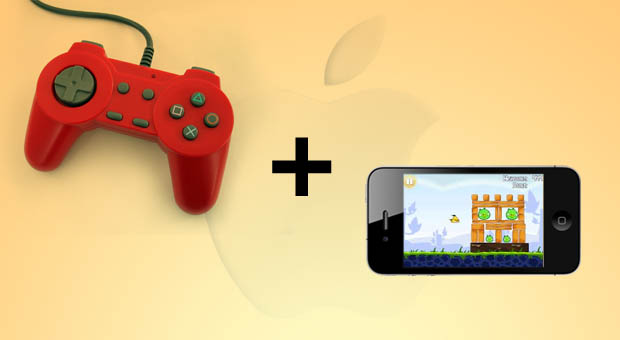
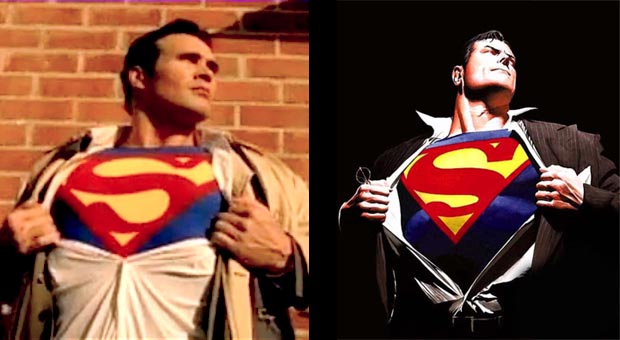
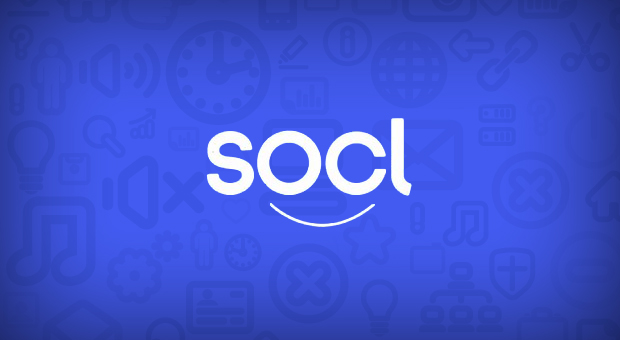

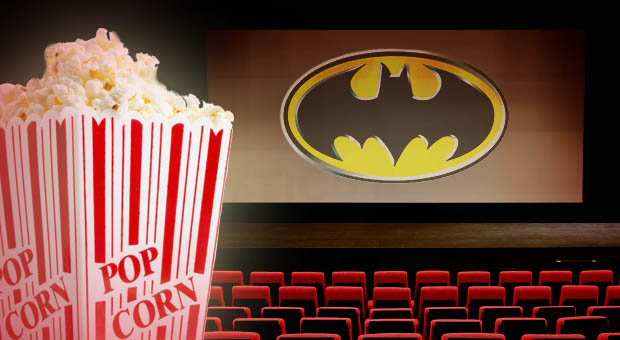



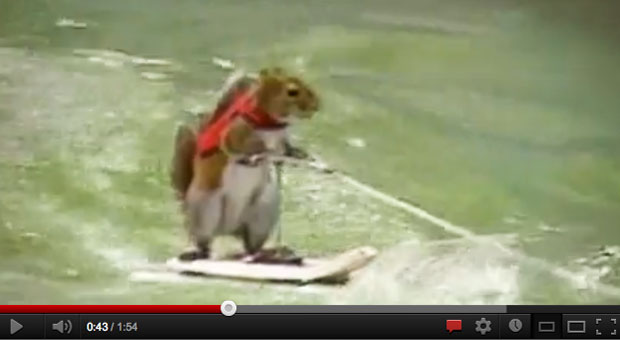













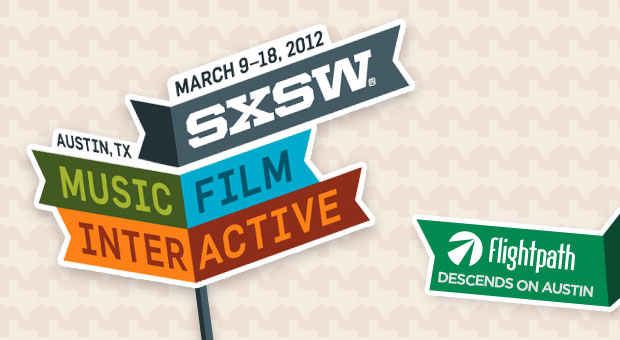







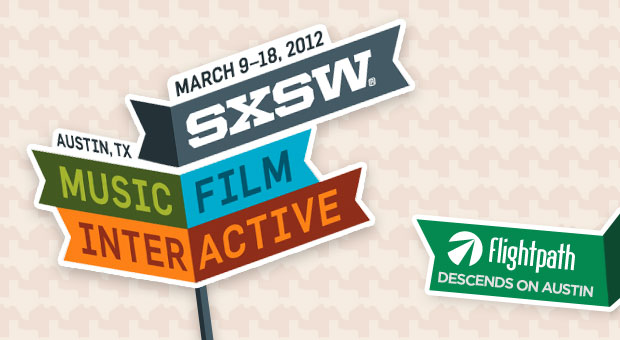

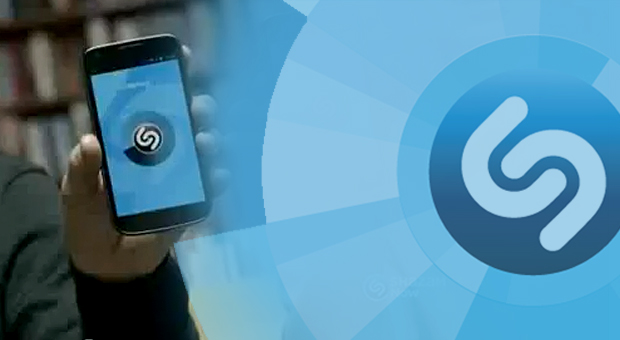


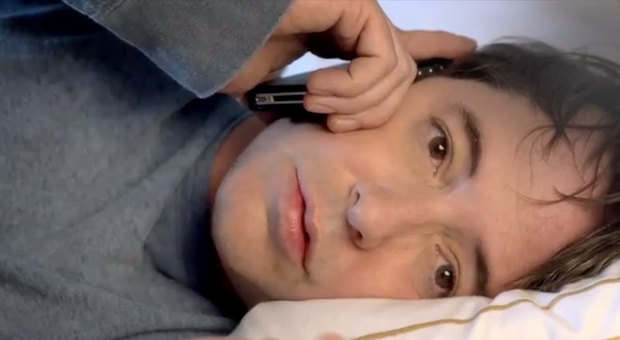


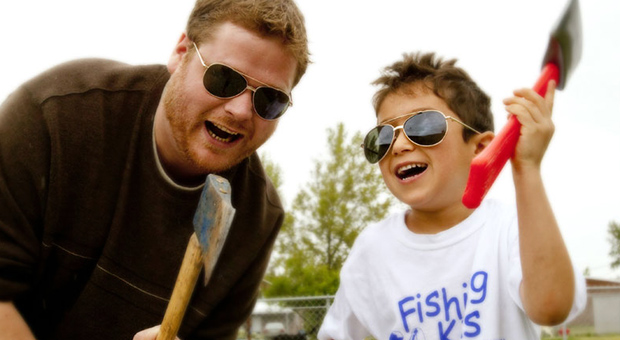

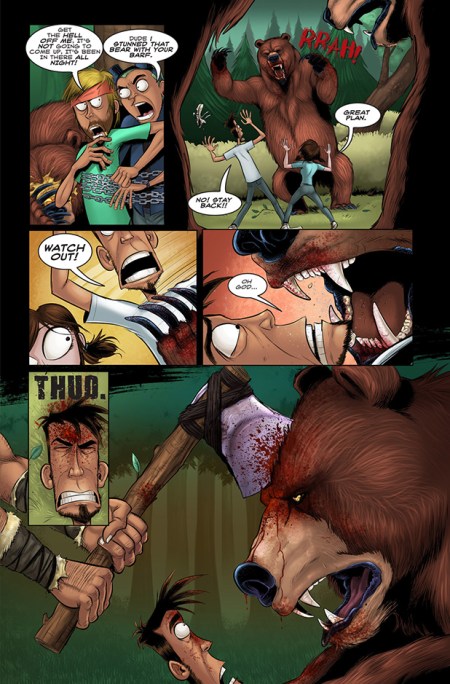

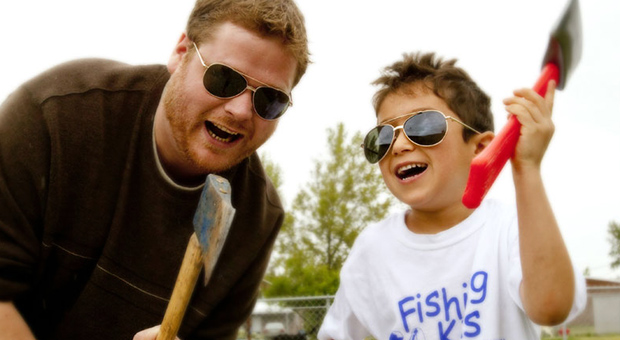


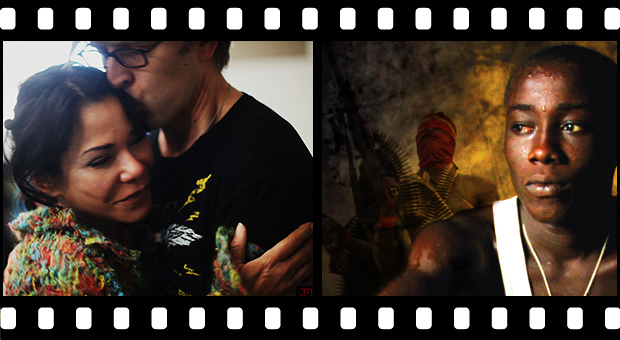


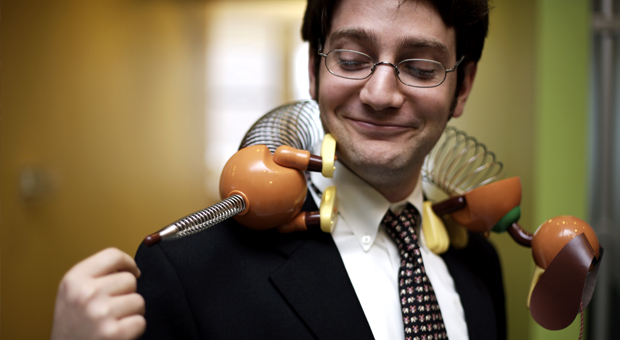

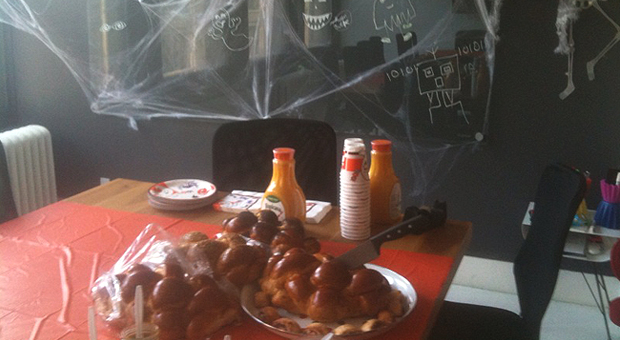
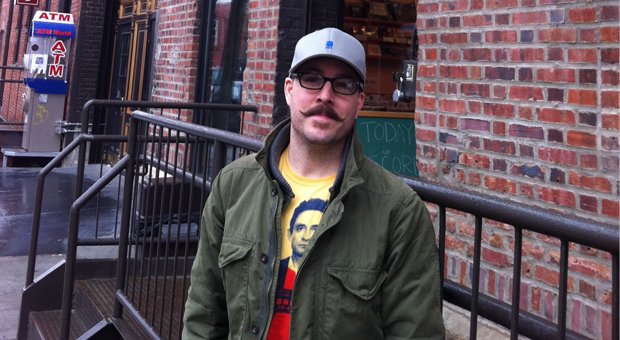





















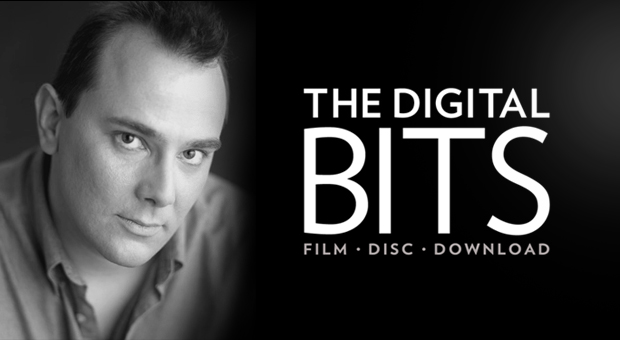
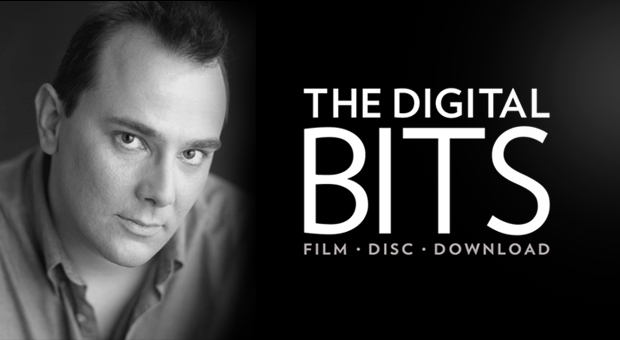
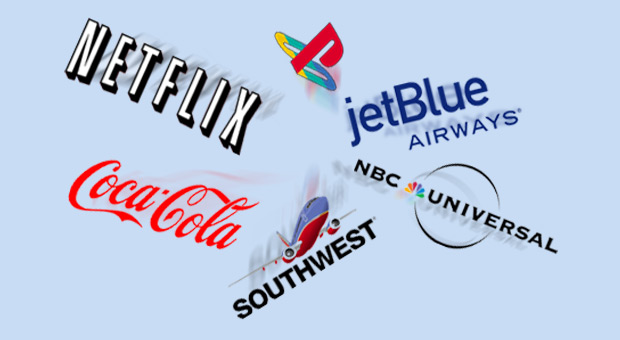
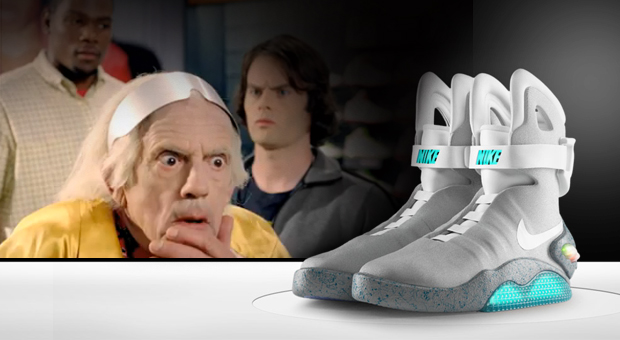
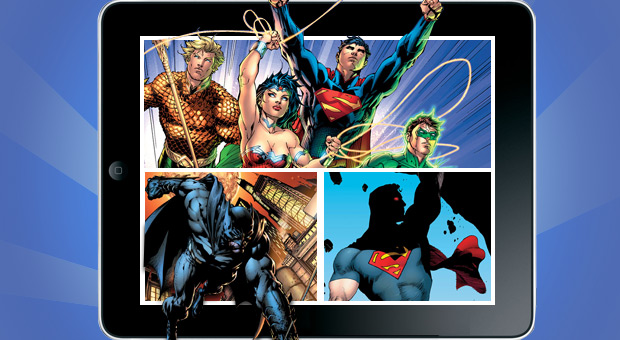
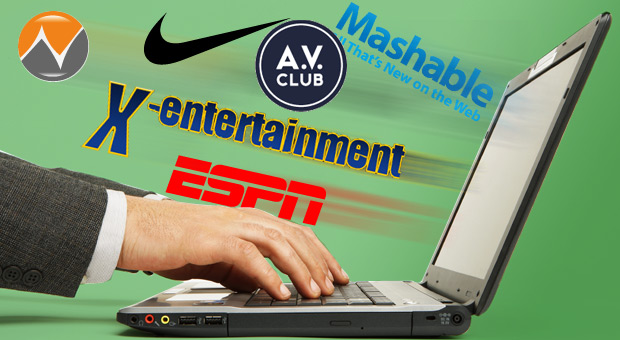
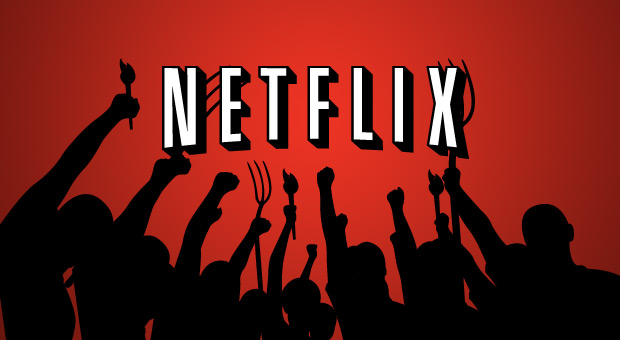
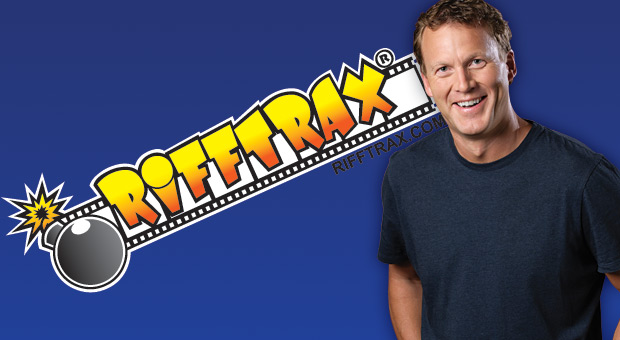
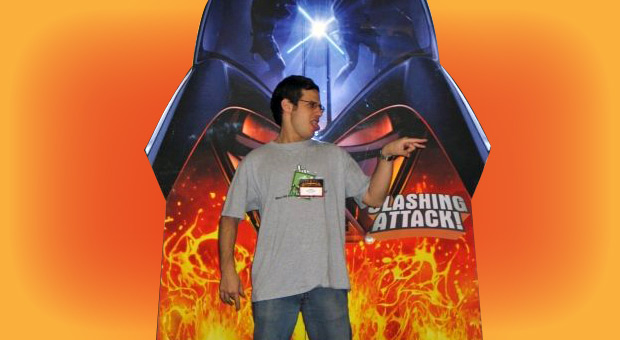

 I’m psyched that we introduced augmented reality to it. I think [Falcon Gunner] is closer in spirit to the original arcade game than any of the others. It’s more arcadey, and really, the design objective was really simple.
I’m psyched that we introduced augmented reality to it. I think [Falcon Gunner] is closer in spirit to the original arcade game than any of the others. It’s more arcadey, and really, the design objective was really simple.
